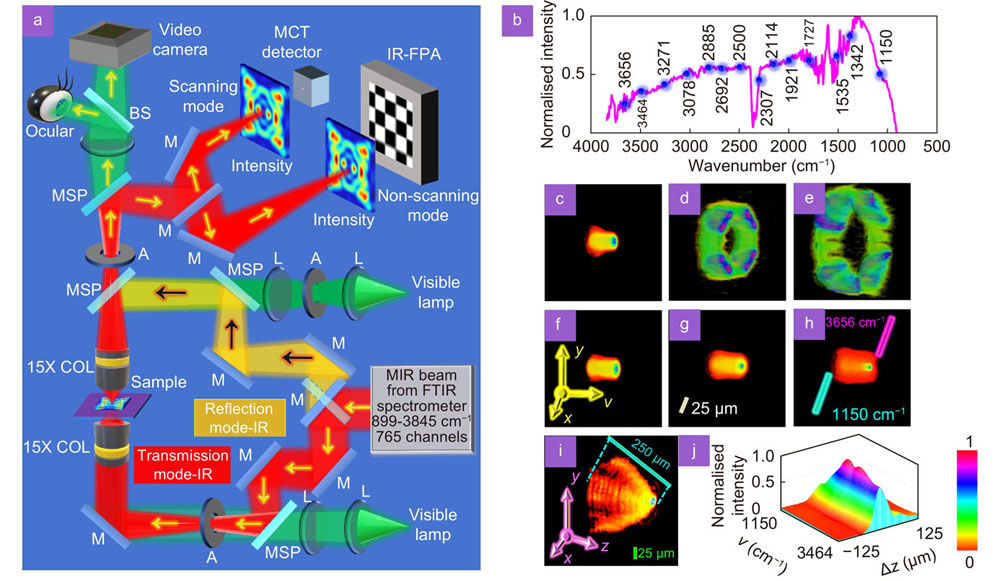Search by keywords or author
- Opto-Electronic Science
- Vol. 1, Issue 3, 210006-1 (2022)
Abstract
Supplementary Materials

Vijayakumar Anand, Molong Han, Jovan Maksimovic, Soon Hock Ng, Tomas Katkus, Annaleise Klein, Keith Bambery, Mark J. Tobin, Jitraporn Vongsvivut, Saulius Juodkazis. Single-shot mid-infrared incoherent holography using Lucy-Richardson-Rosen algorithm[J]. Opto-Electronic Science, 2022, 1(3): 210006-1
Download Citation
Set citation alerts for the article
Please enter your email address




